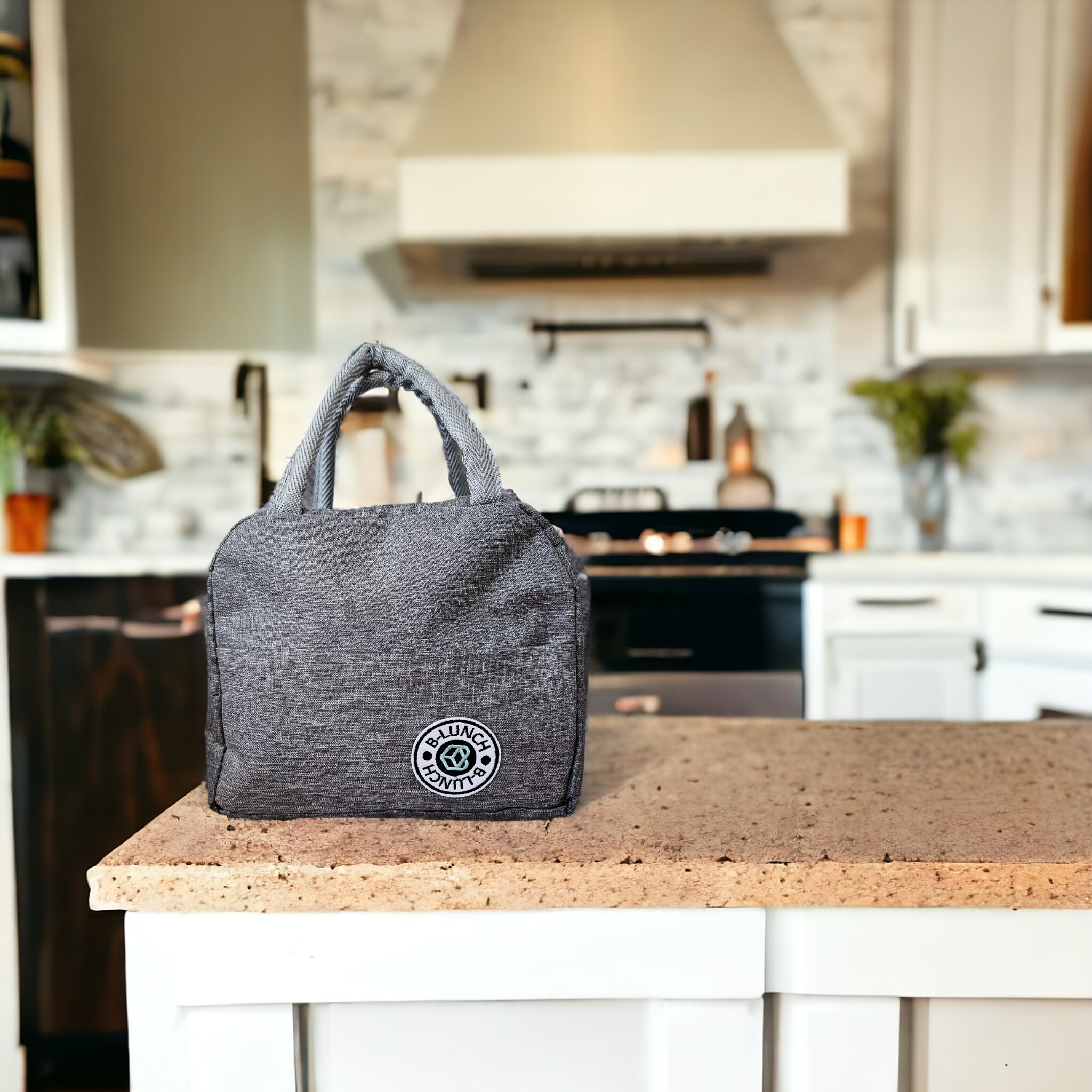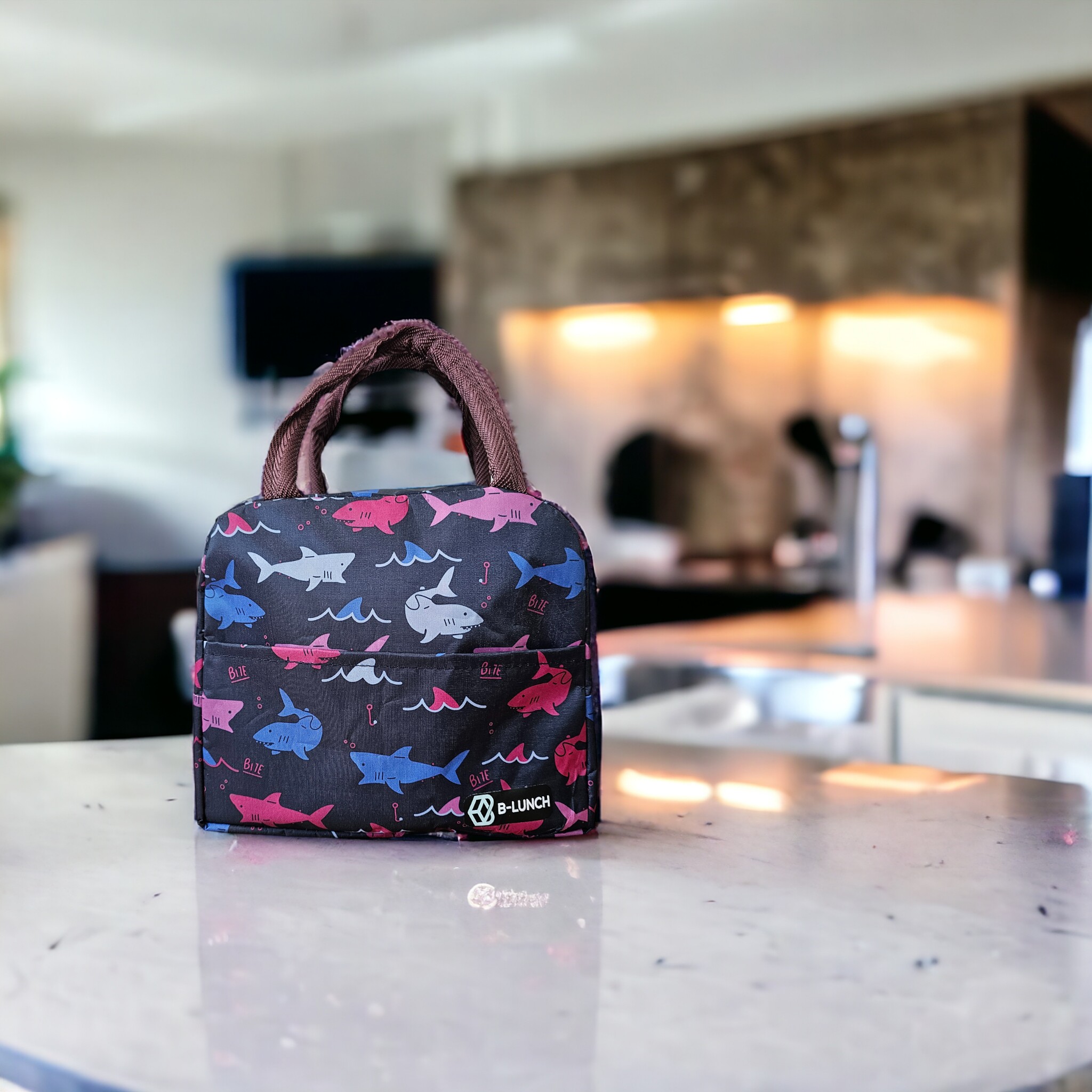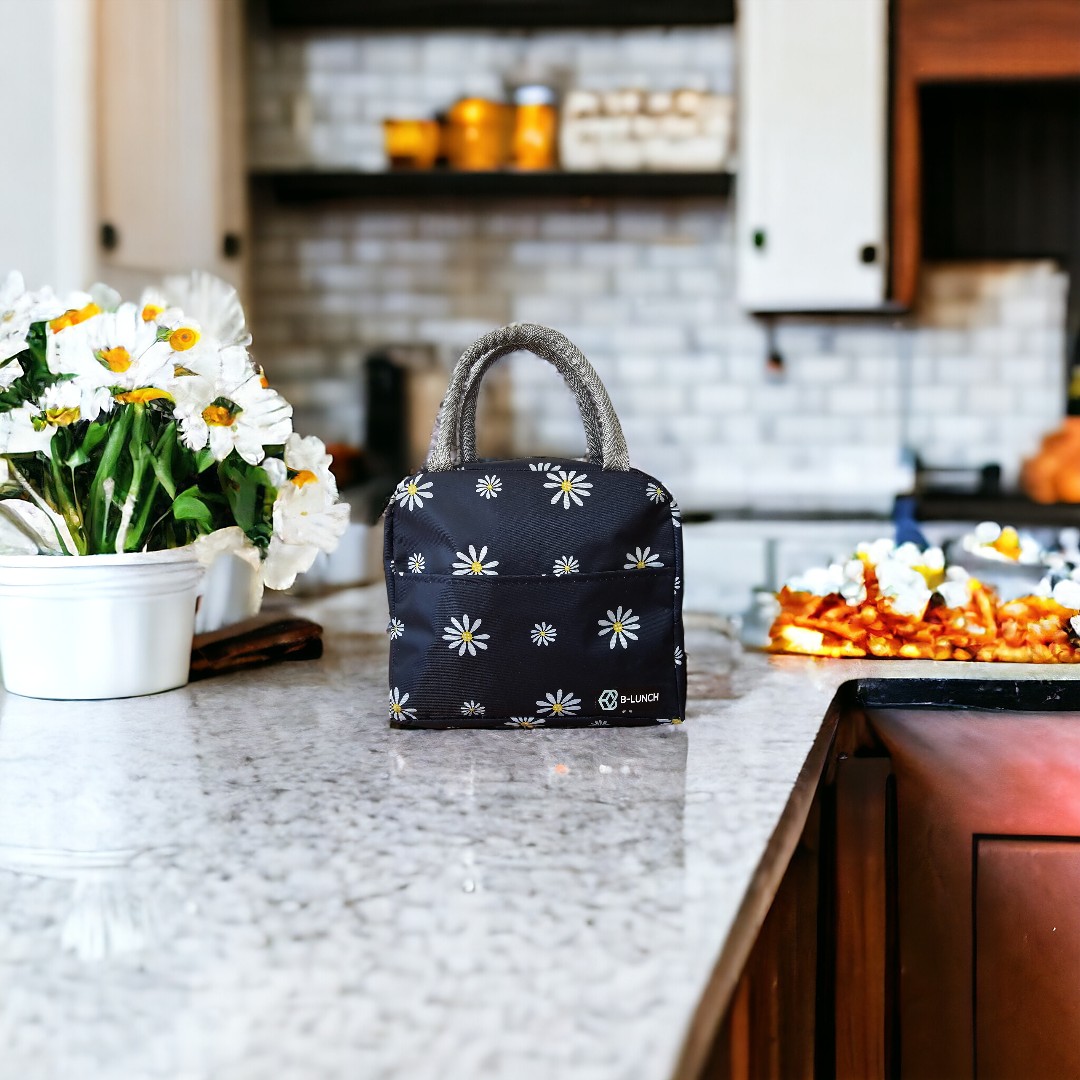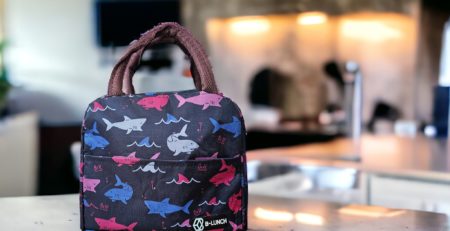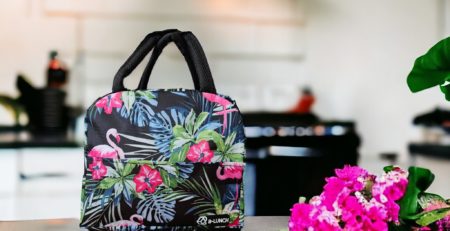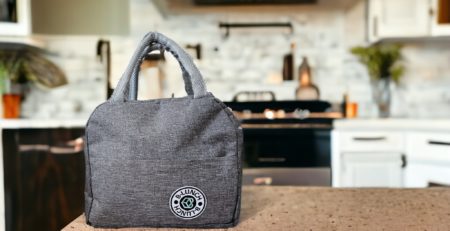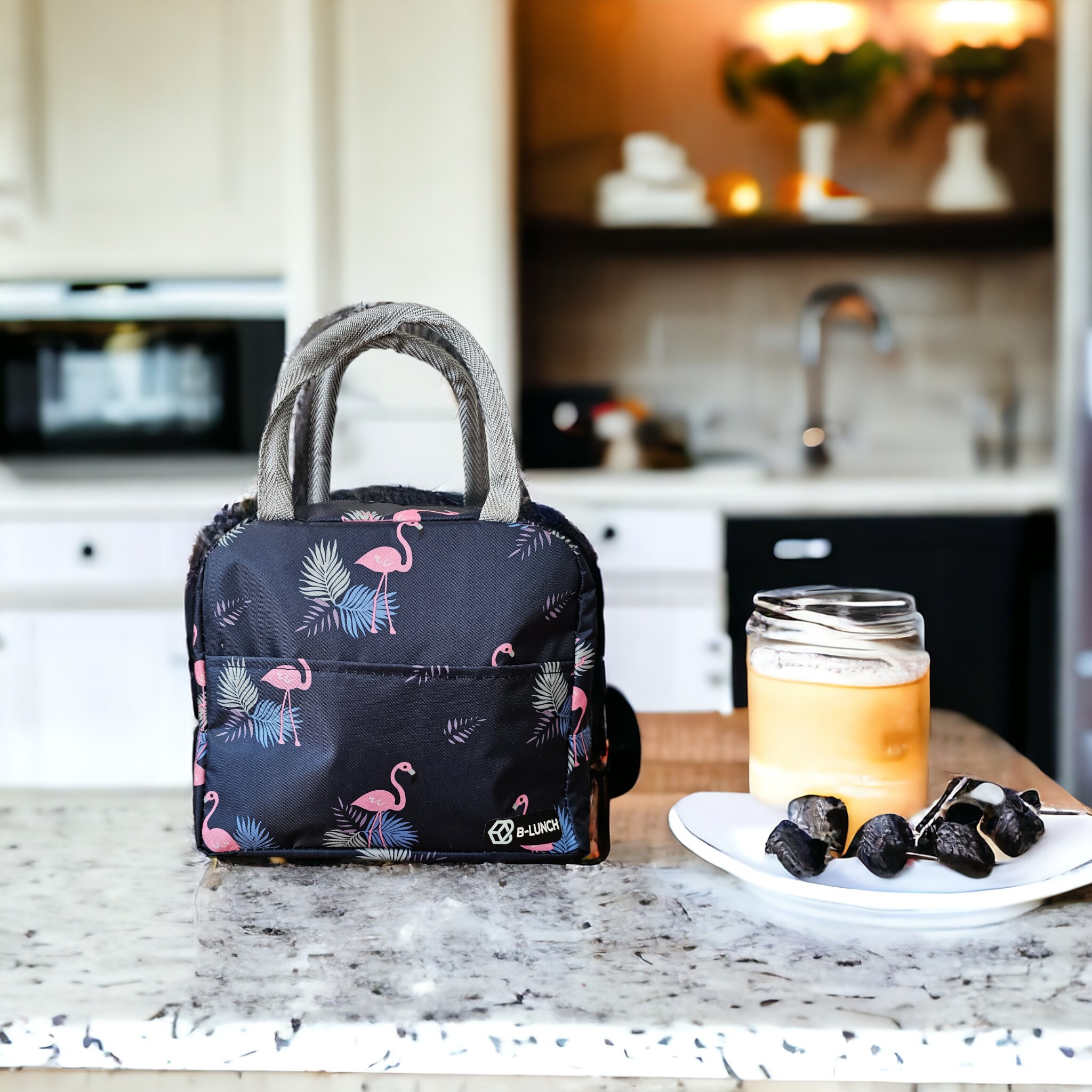
Lunch bags are an essential part of daily life for millions of people worldwide. Whether you’re heading to work, school, a picnic, or even a long road trip, a good lunch bag ensures your meals stay fresh, organized, and ready to eat. Beyond just functionality, lunch bags have evolved to be stylish, eco-friendly, and tailored to various needs. In this comprehensive guide, we’ll cover everything you need to know about lunch bags—from their history and types to tips for choosing the perfect one for your lifestyle. Let’s dive in and explore the fascinating world of lunch bags.
The History and Evolution of Lunch Bags
The concept of carrying food in a designated bag dates back centuries. Early humans used leaves, animal skins, or woven baskets to transport food during long journeys. These rudimentary methods evolved over time as societies developed more advanced tools and materials. However, the modern lunch bag—a compact and purpose-built container—didn’t emerge until the Industrial Revolution, when factory workers needed a way to carry their midday meals. Initially, metal lunch pails were common, offering durability and protection for food in harsh conditions.
By the mid-20th century, as schools became more structured and children’s lunches became a regular necessity, the lunch bag took on new forms. Brown paper bags became a cheap and disposable solution for many families, while metal tins adorned with cartoon characters or branded designs brought a sense of fun and personalization to children’s lunches. These tins often featured iconic imagery of the time, from superheroes to television characters, making them a prized possession for kids.
The 1970s and 1980s saw the rise of insulated lunch bags, a revolutionary change that kept food at desired temperatures for longer periods. This innovation was particularly valuable as more people began packing perishable items like yogurt, fruits, and salads. Over the last few decades, lunch bags have diversified in design, materials, and features, reflecting a growing awareness of environmental sustainability and the desire for personalization. Today, lunch bags are not only practical but also stylish, catering to a wide range of tastes and lifestyles.
Types of Lunch Bags
When it comes to lunch bags, one size does not fit all. Depending on your needs, there are several types to consider. Each type is designed to meet specific requirements, making it easier than ever to find the perfect match for your daily routine.
1. Insulated Lunch Bags
Insulated lunch bags are the most popular type, and for a good reason. These bags use layers of thermal materials to keep food hot or cold for extended periods. They’re ideal for carrying perishable items like salads, sandwiches, or dairy products. Many insulated lunch bags also include additional features like multiple compartments, spill-resistant linings, and secure closures to keep your meals fresh and organized. For busy professionals and students, insulated bags are a must-have for ensuring a satisfying meal experience.
The insulation technology used in these bags often employs materials like foam layers combined with reflective aluminum linings. This design minimizes heat transfer, ensuring your food remains at its desired temperature for hours. Some high-end models even incorporate advanced features like gel packs or built-in refrigeration systems for enhanced performance.
2. Bento-Style Lunch Bags or Boxes
Inspired by Japanese bento boxes, these are compartmentalized containers that fit snugly inside a bag. They’re perfect for portion control and keeping different food items separate, such as rice, proteins, and vegetables. Bento boxes have gained popularity for their convenience and aesthetic appeal. Many come with leak-proof lids and durable designs, making them a favorite choice for meal prep enthusiasts.
Bento lunch bags often include multiple compartments tailored to accommodate these boxes, ensuring they’re securely held in place during transit. This type of lunch bag is ideal for those who appreciate organization and variety in their meals. Additionally, they’re often crafted from lightweight materials, making them easy to carry.
3. Designer Lunch Bags
For those who value aesthetics, designer lunch bags combine fashion with functionality. These often look like handbags or totes and come in various colors, patterns, and materials. Designer lunch bags are perfect for people who want their lunch containers to complement their outfit or personal style. Despite their stylish appearance, these bags are designed with practicality in mind, often including insulation and durable interiors.
These bags are particularly popular among professionals who prefer discreet and sophisticated designs that blend seamlessly with their work attire. Many designer lunch bags are made from high-quality materials like leather or faux leather, offering both durability and a premium feel.
4. Compact and Collapsible Lunch Bags
For people who commute or travel frequently, collapsible lunch bags provide convenience. They can be folded or rolled up when not in use, saving space in your bag or car. These bags are also lightweight and easy to carry, making them a great option for those with limited storage space. Some collapsible bags even include innovative designs that allow them to expand or contract based on the amount of food being carried.
These versatile options are perfect for those who need flexibility in their lunch bag’s capacity. They’re especially useful for travelers who require a lightweight solution that’s easy to pack.
5. Lunch Bags for Kids vs. Adults
Kids’ lunch bags often feature fun designs, characters, or bright colors. They’re typically smaller and designed to fit easy-to-eat snacks and meals. Adult lunch bags, on the other hand, tend to prioritize functionality and style, often including multiple compartments, insulated sections, and a more subdued design. Whether you’re packing a nutritious lunch for school or a hearty meal for work, there’s a lunch bag tailored to your needs.
For kids, features like easy-to-use zippers, adjustable straps, and spill-proof linings are crucial. Adults, on the other hand, often look for sleek designs with additional features like laptop compartments or detachable straps for versatility.
Materials Used in Lunch Bags
The material of a lunch bag can significantly impact its durability, weight, and insulation capabilities. Choosing the right material ensures that your lunch bag will not only serve its purpose but also last for years to come. Here are some common materials used in lunch bags and their unique benefits:
1. Neoprene
Known for its flexibility and thermal properties, neoprene is a popular choice for lunch bags. It’s lightweight, waterproof, and easy to clean. Neoprene bags are particularly well-suited for carrying both hot and cold items, as they provide excellent insulation. Additionally, their stretchy nature allows them to accommodate a variety of container shapes and sizes.
Neoprene’s durability and ability to resist wear and tear make it a preferred choice for active individuals. These bags are also eco-friendly, as they can be reused for years without significant degradation.
2. Fabric
Canvas and polyester are often used in lunch bags for their durability and affordability. Many fabric bags include a waterproof lining for added practicality. Fabric bags come in a wide range of designs, from simple and understated to bold and colorful, making them a versatile choice for any user.
Modern fabric lunch bags often incorporate stain-resistant coatings, making them easier to clean and maintain. They’re also lightweight, making them a convenient choice for daily use.
3. Stainless Steel
Though less common for traditional bags, stainless steel containers are often paired with lunch bags to keep food safe and free from contaminants. Stainless steel is a highly durable material that resists stains, odors, and corrosion. While it adds weight to the overall package, its longevity and eco-friendliness make it a worthwhile investment.
Stainless steel lunch bags or inserts are particularly popular among those who prioritize hygiene and sustainability. They’re easy to clean and don’t retain odors, making them a practical choice for a variety of foods.
4. Plastic and Vinyl
These materials are lightweight and cost-effective, but they’re not always the most eco-friendly options. Modern designs often use BPA-free and food-safe plastics to address health concerns. Plastic and vinyl bags are easy to clean and come in a variety of styles, making them a practical choice for everyday use.
Advances in plastic technology have led to more durable and environmentally friendly options, such as biodegradable plastics or recycled materials. These innovations make plastic and vinyl lunch bags a more sustainable choice than ever before.
5. Waxed Cotton or Recycled Materials
For those looking to reduce their environmental impact, lunch bags made from waxed cotton or recycled materials are gaining popularity. These options are both functional and sustainable, combining eco-consciousness with practicality. Waxed cotton bags are water-resistant and have a classic aesthetic appeal, while recycled materials often feature innovative designs that repurpose waste into useful products.
Features to Look for in a Lunch Bag
When choosing a lunch bag, it’s essential to prioritize features that align with your daily routine and food preferences. Here are some must-have attributes to consider when shopping for the perfect lunch bag:
1. Size and Capacity
Consider the amount of food and drink you typically carry. A compact bag may suffice for light snacks, while a larger option is necessary for full meals or multiple containers. If you often bring beverages, look for a bag with a dedicated drink compartment to prevent spills.
2. Insulation
Insulation is a key factor for keeping food fresh. High-quality insulated bags can maintain temperature for several hours, making them perfect for longer days. Look for bags with thick insulation layers and secure zippers to maximize their effectiveness.
3. Portability and Weight
If you commute or travel frequently, a lightweight and easy-to-carry lunch bag is essential. Look for options with comfortable handles, shoulder straps, or backpack-style designs. Portability can make a significant difference, especially if you’re carrying your lunch bag alongside other items like laptops or gym bags.
4. Durability and Waterproofing
Lunch bags should withstand daily wear and tear. Waterproof or water-resistant materials also protect against spills or rainy weather. Reinforced stitching and sturdy zippers add to the bag’s overall durability, ensuring it lasts through frequent use.
5. Easy Cleaning
A bag with a wipeable interior or machine-washable material will save you time and effort. Easy-to-clean designs are particularly important for preventing odors and maintaining hygiene.
Practical Uses of Lunch Bags
Lunch bags are more versatile than you might think. Here are some practical scenarios where they come in handy:
1. School and Work
For students and professionals alike, a reliable lunch bag ensures you can enjoy home-cooked meals instead of relying on fast food. Packing your own lunch not only saves money but also allows you to control the ingredients and portion sizes, contributing to a healthier lifestyle.
2. Outdoor Activities
Lunch bags are perfect for picnics, hiking trips, or beach outings. Their insulation keeps food fresh even in warm weather. Many lunch bags also come with compartments for utensils, napkins, and condiments, making them an all-in-one solution for outdoor dining.
3. Travel and Road Trips
When on the go, lunch bags help you carry snacks and meals, reducing the need for expensive and unhealthy roadside options. Insulated bags are particularly useful for keeping beverages cold during long drives.
4. Meal Prepping
For those who prepare meals in advance, lunch bags are an excellent way to transport portioned meals to maintain a healthy eating routine. They’re also ideal for storing prepped ingredients, ensuring everything stays fresh until it’s time to cook.
Care and Maintenance
Proper care can extend the life of your lunch bag. Here are some tips:
- Clean Regularly: Wipe the interior with a damp cloth after each use. For deeper cleaning, follow the manufacturer’s instructions.
- Avoid Harsh Chemicals: Use mild soap and water to prevent damage to the material.
- Air Dry: Always let your bag air dry completely to prevent mold and odors.
- Store Properly: When not in use, store the bag in a cool, dry place to maintain its shape and integrity.
Extra Tips for Packing the Perfect Lunch
To make the most of your lunch bag, consider these additional tips:
- Pre-Chill or Pre-Heat: Use an ice pack or a thermos to maintain the desired temperature of your food longer.
- Organize Smartly: Place heavier items at the bottom and use compartments to separate food types.
- Use Reusable Containers: Opt for reusable containers to minimize waste and maximize space efficiency in your lunch bag.
- Wrap Liquids Securely: Prevent spills by using leak-proof containers for soups, dressings, and beverages.
- Plan Ahead: Prepare meals the night before to save time during busy mornings.
Conclusion
Lunch bags are more than just containers for your meals. They’re an investment in your health, convenience, and even the environment. By choosing a lunch bag that suits your lifestyle, you can enjoy fresh, delicious meals no matter where your day takes you. Whether you’re a busy professional, a student, or someone who loves outdoor adventures, there’s a lunch bag out there that’s perfect for you. Take the time to explore your options, and you’ll find one that meets all your needs.
Ready to find the perfect lunch bag? Explore our collection at B-Lunch and discover a range of high-quality options tailored to your lifestyle. Shop now and make every meal an enjoyable experience!


